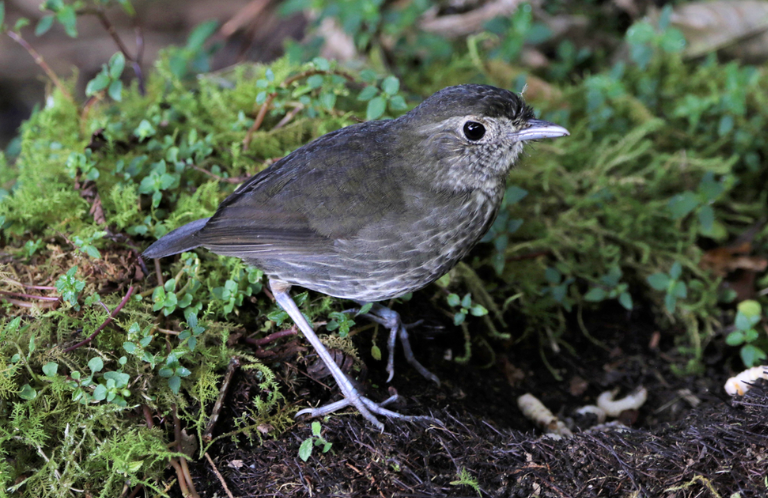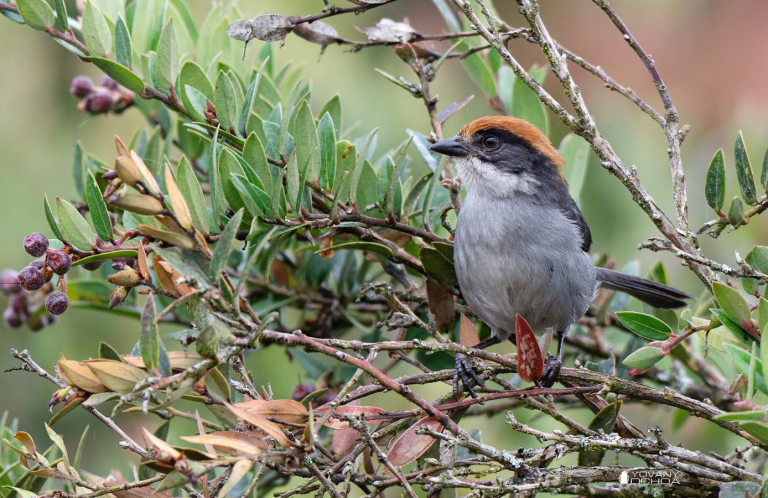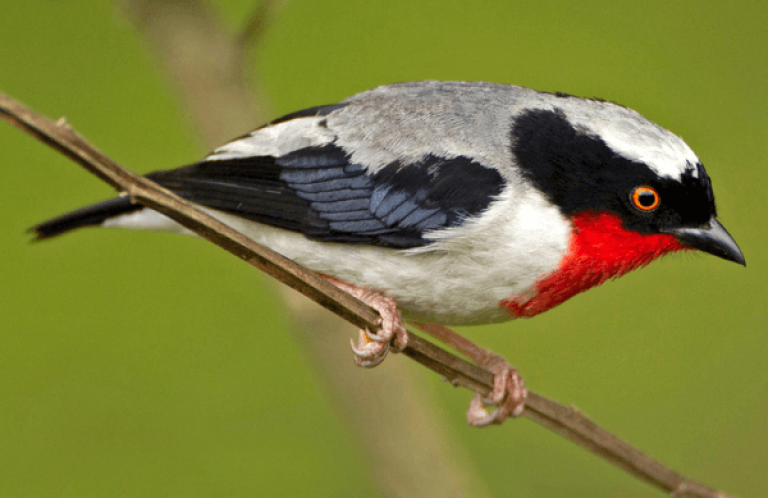Two Colombian Reserves Receive Regional Natural Park Protected Status
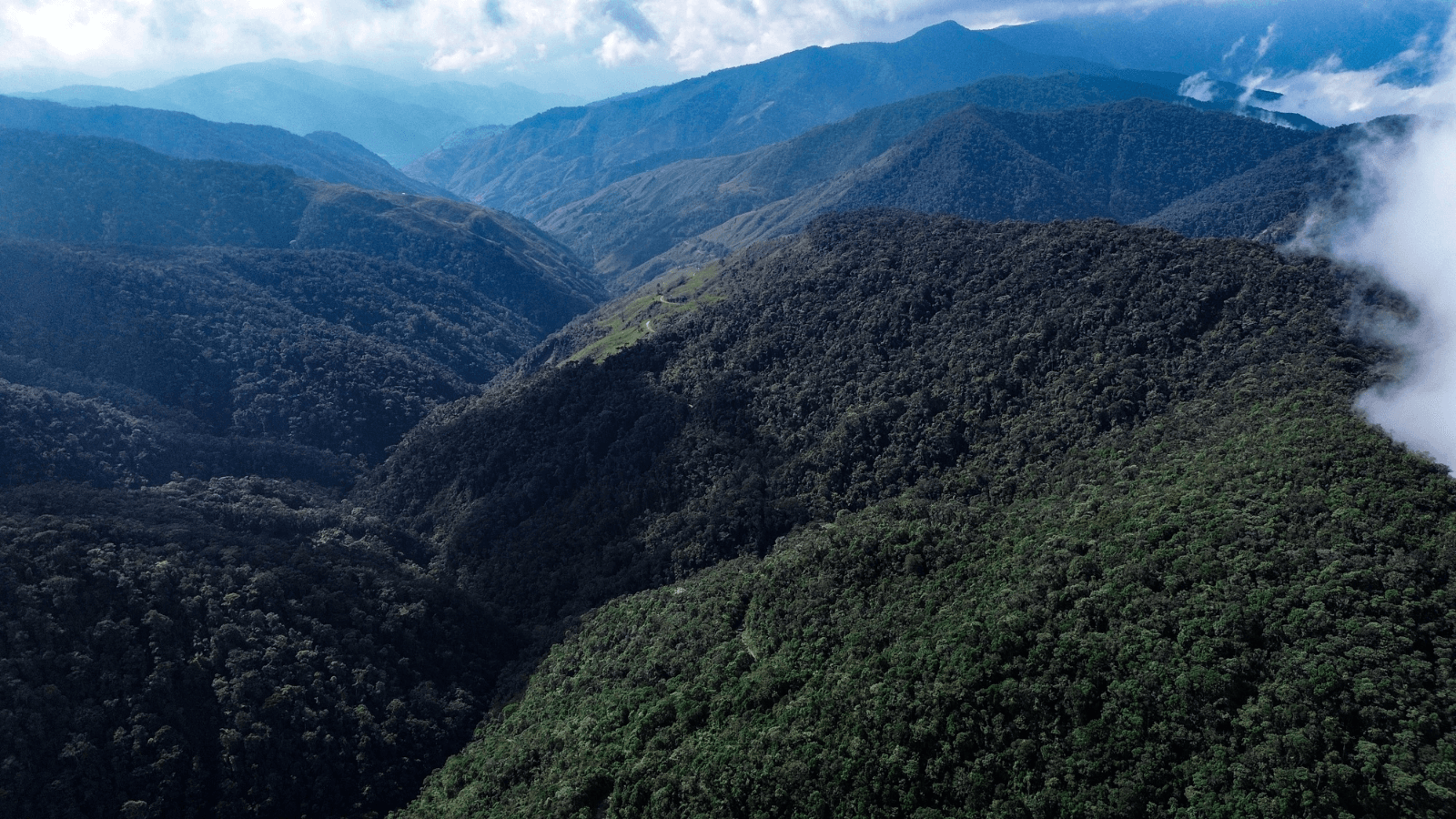
Colombia, known for its rich biodiversity, now has two additional Regional Natural Parks to its name, the first such designations in nearly four decades and the first in the Department of Chocó. Fundación ProAves, an American Bird Conservancy (ABC) partner, announced the news that two strongholds for several endangered species, Reserva Las Tángaras and Reserva Loros Andinos, are now under the highest level of protection at the regional level.
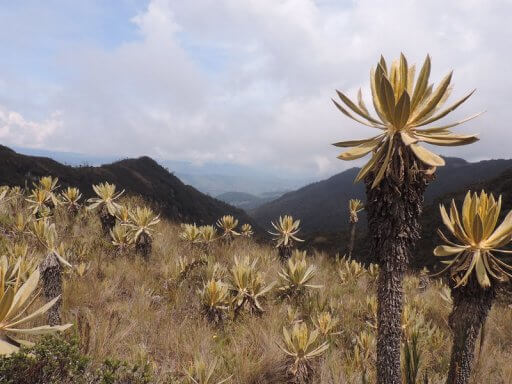
“The designation of Reserva Las Tángaras and Reserva Loros Andinos as Regional Natural Parks is an amazing achievement, and we want to recognize the great work of Fundación ProAves in making it happen,” said Eliana Fierro-Calderón, International Conservation Project Officer for ABC. “This will provide the stability, funding, and protections needed to safeguard the future of species on the brink, like the Endangered Indigo-winged Parrot.”
With the designation by the Regional Autonomous Corporation for the Sustainable Development of Chocó (CODECHOCÓ), Reserva Las Tángaras became the first Regional Natural Park named in the Department of Chocó. Ongoing human pressures from deforestation, development, and most recently the discovery of gold in the areas around the reserve made the need to scale up protections more urgent. Following CODECHOCÓ's designation, the 5,722 acres within Reserva Las Tángaras have permanent protection. Only 3.7 percent of what is known as the Chocó biogeographic region is strictly protected. Reserva Las Tángaras receiving Regional Natural Park protections marks a milestone for the region.

Near-constant cloudiness and rain dominate in this region on the Pacific slope of the West Andes. The humidity creates the perfect conditions for life to flourish in lush, subtropical forests sitting 900 to 2,100 meters above sea level. This band of forests stretching across the hills of the Andes is home to more than 50 bird species endemic only to this altitudinal range.
Reserva Las Tángaras is among the most biodiverse places on Earth. A total of 557 bird species have been recorded within the protected area, accounting for more than 1 in 20 of all bird species in the world. Among them are the Gold-ringed Tanager (also referred to as the Tatamá Tanager) and the Black-and-gold Tanager, both considered Vulnerable by the IUCN. These species are particularly sensitive to human disturbance and have suffered habitat loss from deforestation, mining, colonization, and agriculture. Another key species protected by Reserva Las Tángaras is the magnificent Black-and-chestnut Eagle, an Endangered raptor found in humid montane forests. The reserve also hosts the Blackburnian Warbler and Golden-winged Warbler during the nonbreeding season, making it an important habitat for migratory birds, too.
A second ProAves reserve, Reserva Loros Andinos, also received Regional Natural Park protected status for its 11,406 acres of shrub- and grass-dominated páramo and high Andean forestlands. The Board of Directors of the Regional Autonomous Corporation of Tolima (CORTOLIMA) made the declaration following a formal agreement between the Association of Regional Autonomous and Sustainable Development Corporations (ASOCARS), Conservation International, and ProAves.
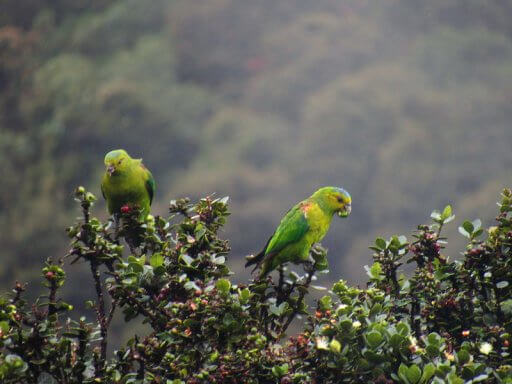
This high-elevation territory is part of the Endangered Andean Parrot Conservation Corridor of the Central Andes and is home to five threatened parrot species including the Indigo-winged Parrot, one of South America's rarest birds. Its population is estimated to be fewer than 300 individuals. Extensive deforestation is the primary driver of the species' decline.
“These two newly named Regional Natural Parks preserve irreplaceable habitats supporting hundreds of species,” said Fierro-Calderón. “Protecting these areas means protecting the future of Colombia's birds and biodiversity.
”The designation of Las Tángaras Regional Natural Park was a collaboration between Fundación ProAves and CODECHOCÓ, with support from Conservation International, ASOCARS, Conservation Allies, and ABC. Loros Andinos Regional Natural Park's designation was a collaboration between Fundación ProAves, CORTOLIMA, ASOCARS, and Conservation International, with support from Conservation Allies and ABC.
###
American Bird Conservancy (ABC) takes bold action to conserve wild birds and their habitats throughout the Americas. Inspired by the wonder of birds, we achieve lasting results for the bird species most in need while also benefiting human communities, biodiversity, and the planet's fragile climate. Our every action is underpinned by science, strengthened by partnerships, and rooted in the belief that diverse perspectives yield stronger results. Founded as a nonprofit organization in 1994, ABC remains committed to safeguarding birds for generations to come. Join us! Together, we can do more to ensure birds thrive.
Media Contact
Jordan Rutter
Director of Communications
media@abcbirds.org






































